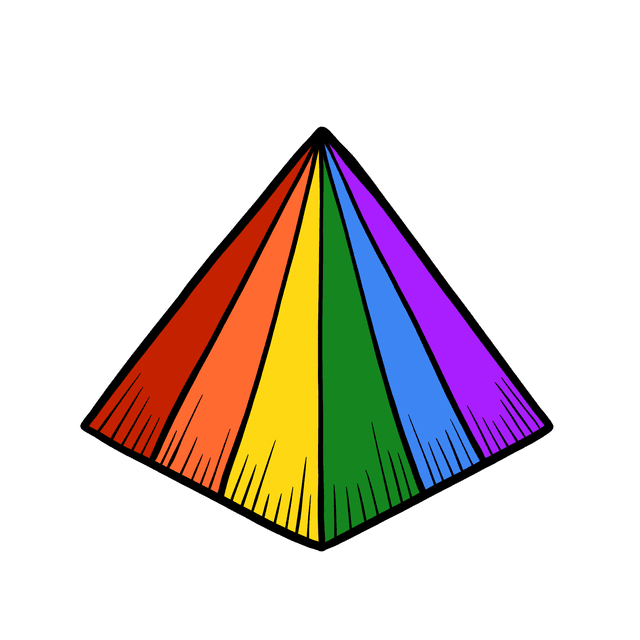Sections
Latest
The brown dog. The yellow cheese. The pink flowers. Let's learn the colors, in German.

Learning colors in German is essential for describing the world around you.
In this lesson, we’ll cover basic and complementary colors, as well as words for different shades (e.g, dark blue, light green).
Here’s a table of basic colors:
Listen to the recordings and repeat the words out loud to get familiar with them. You’ll notice that some German color words are similar to their English counterparts:


While others are completely different:


Here are some other popular colors to learn.
Finally, here are two useful key words:
In German, you can combine hell (light) or dunkel (dark) with a color to create more specific shades:
Well done 🎉!
Now you know the German colors! You can use these words to describe subjects or objects in a sentence. Curious about what other adjectives you can learn? Head over to the next lesson on German adjectives to find out!